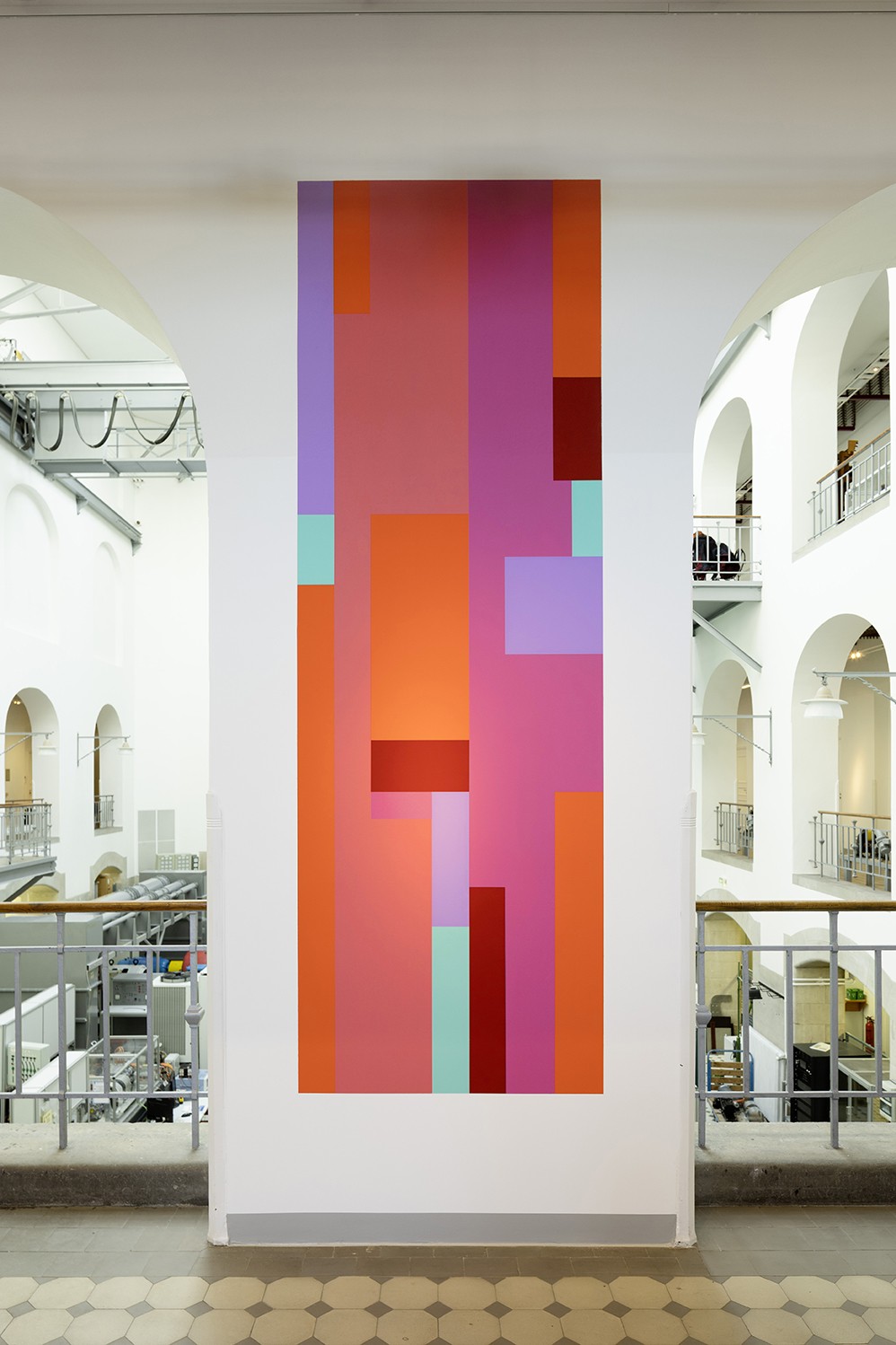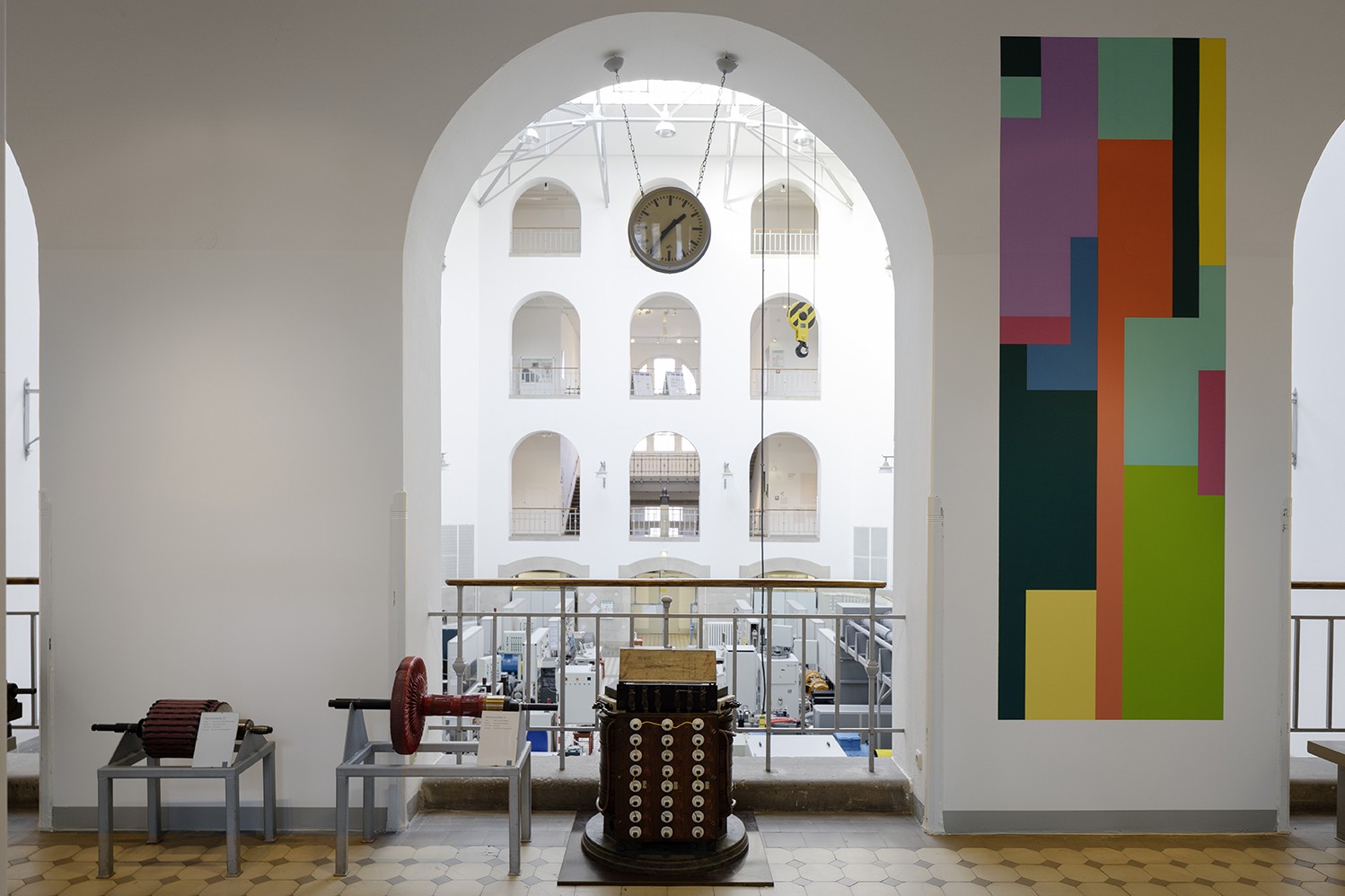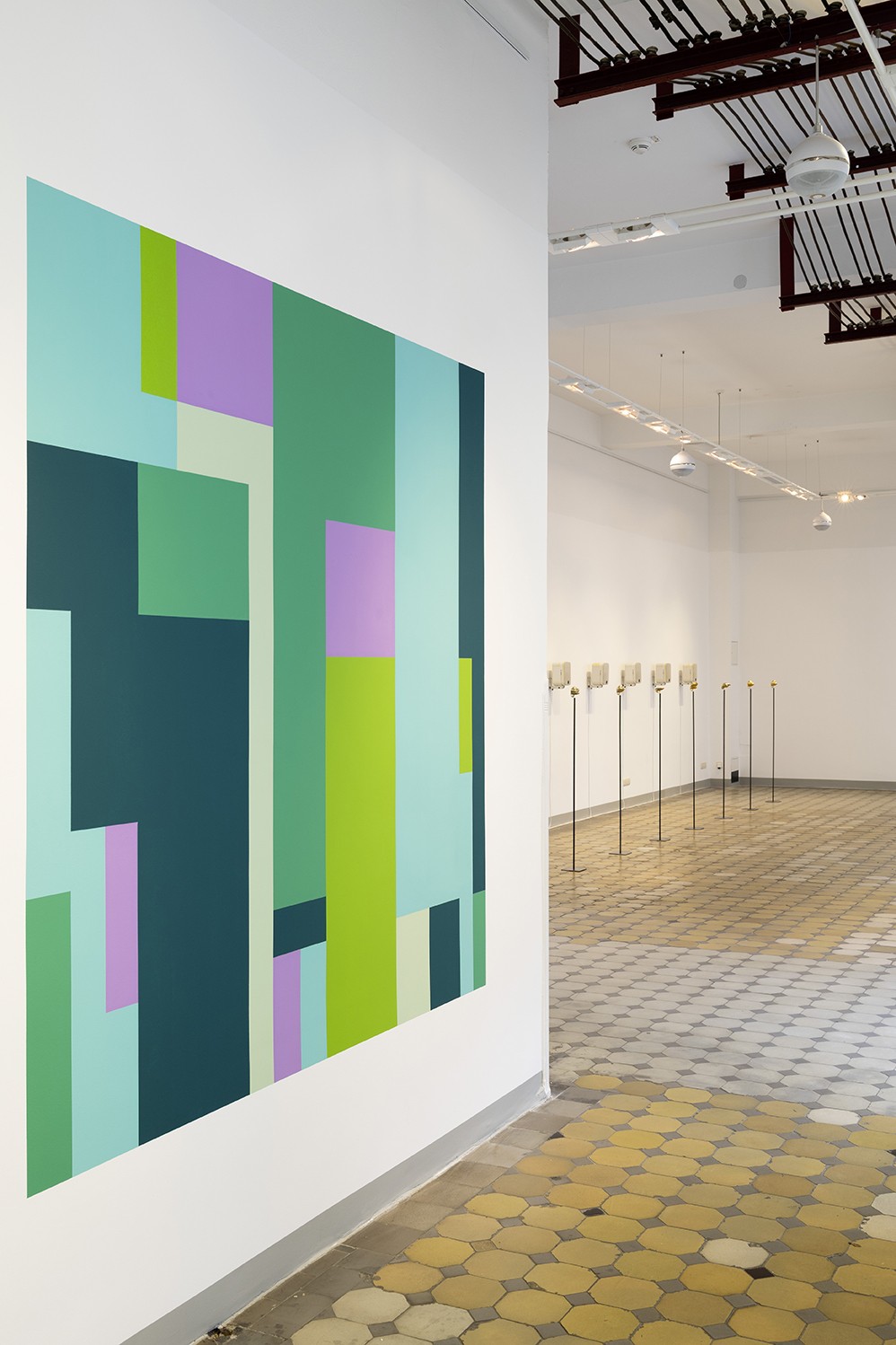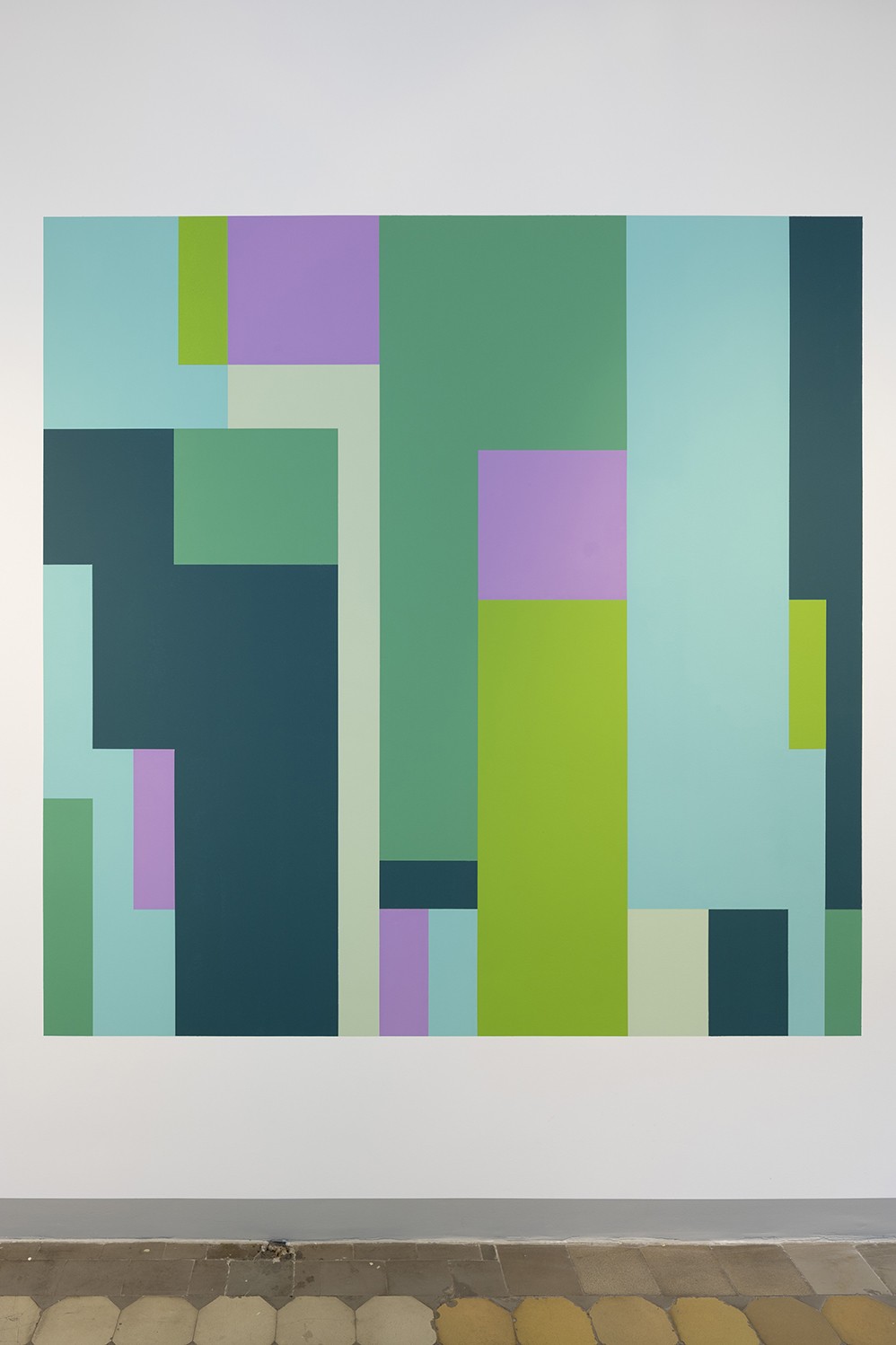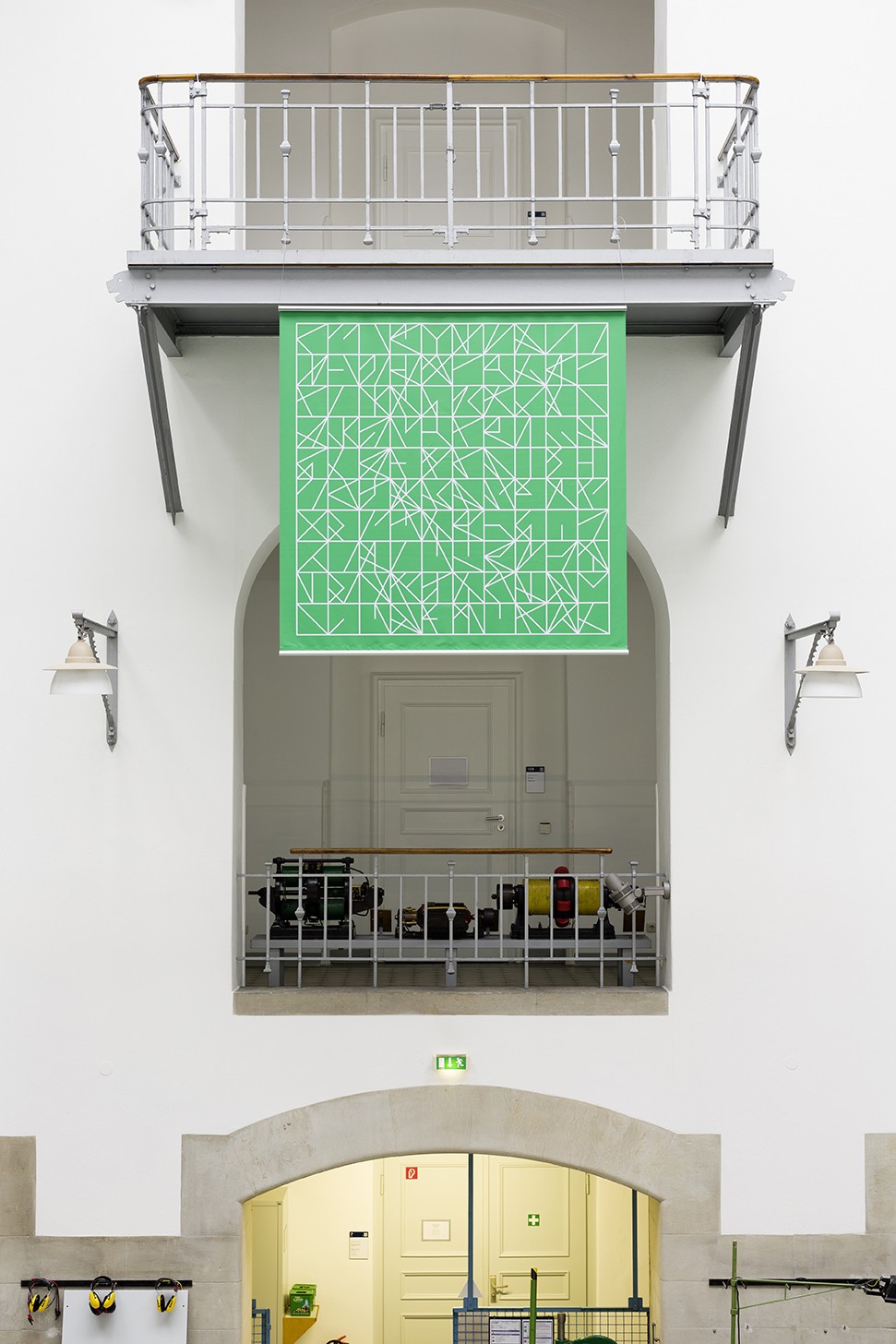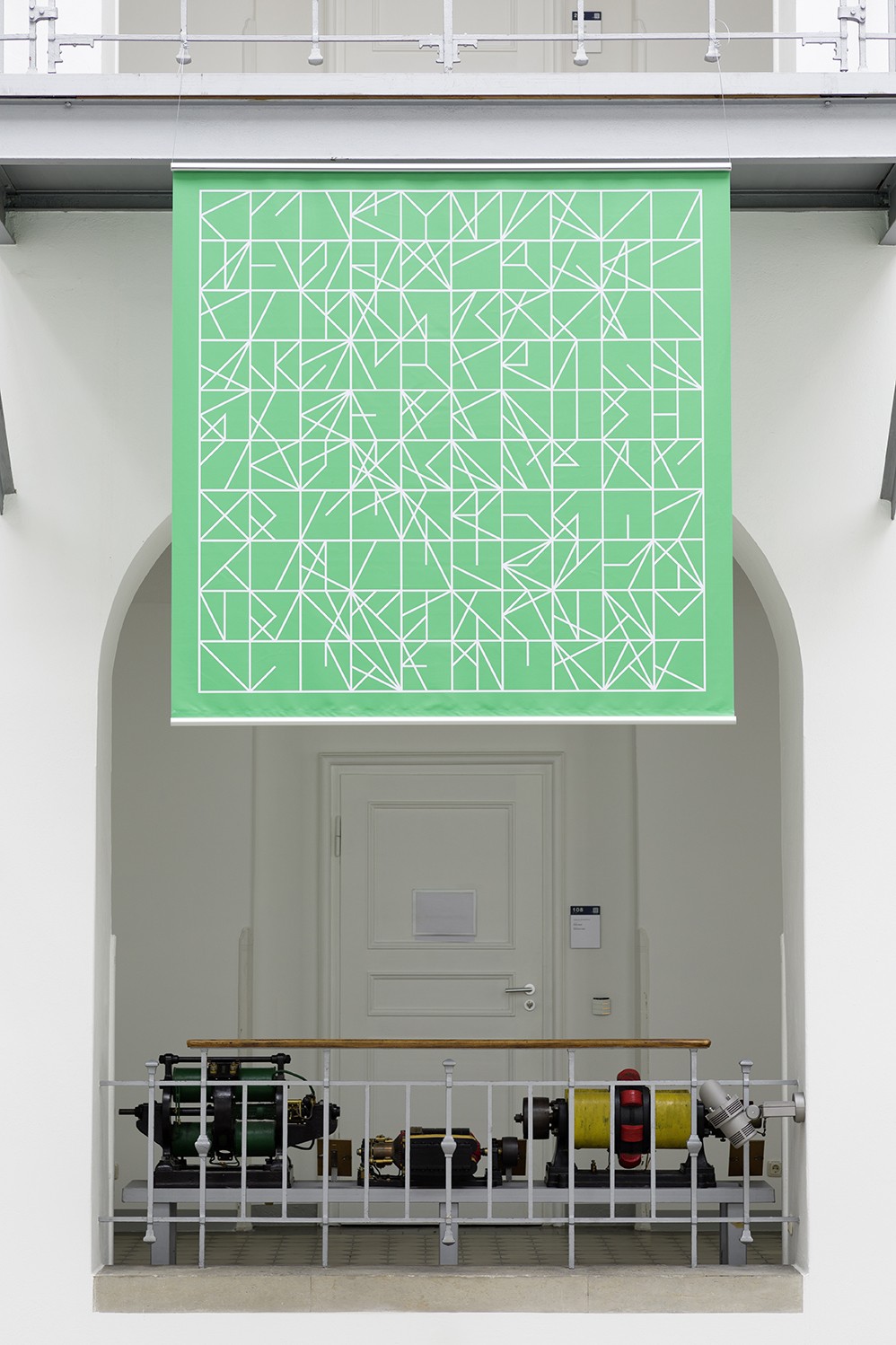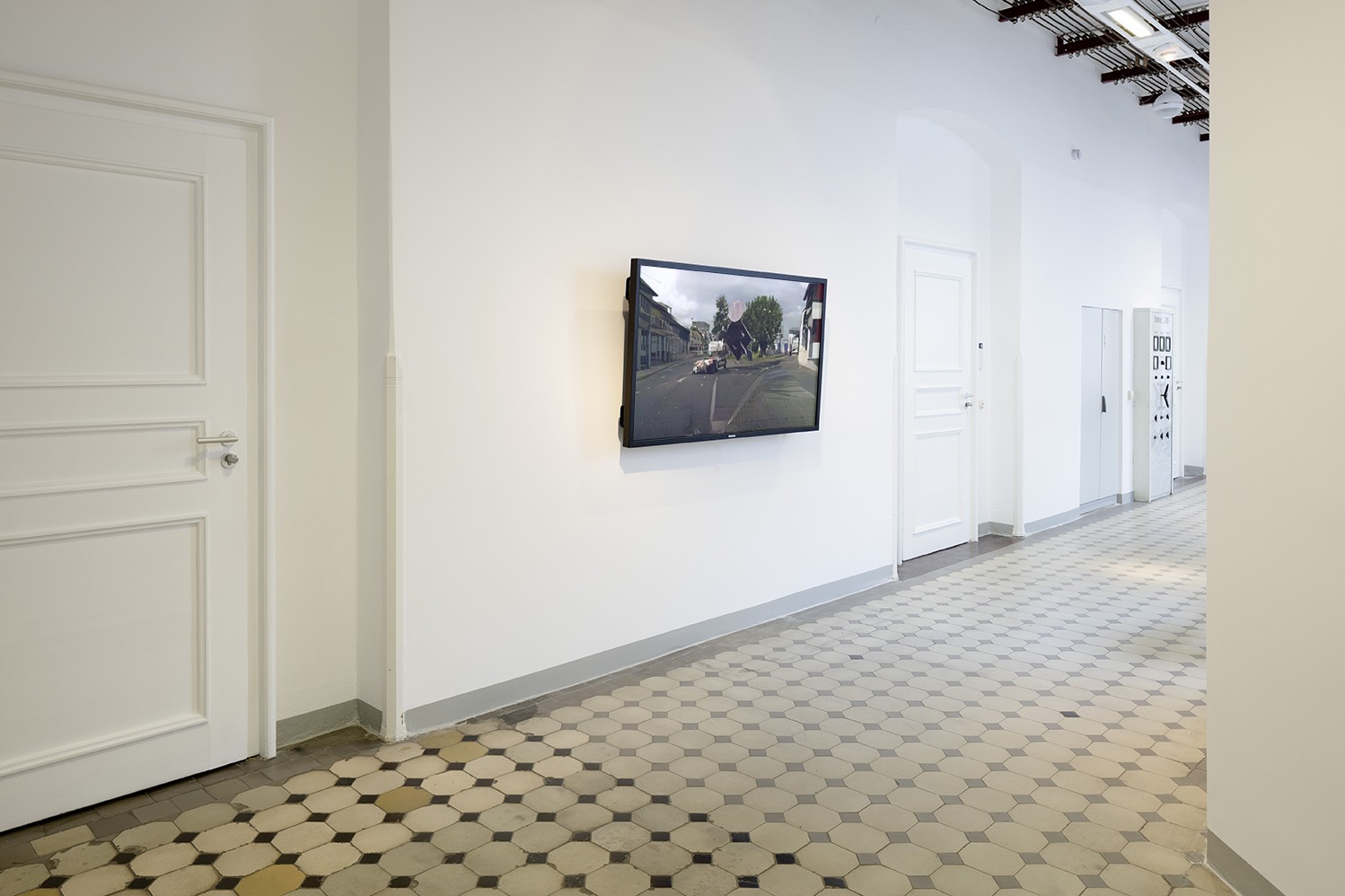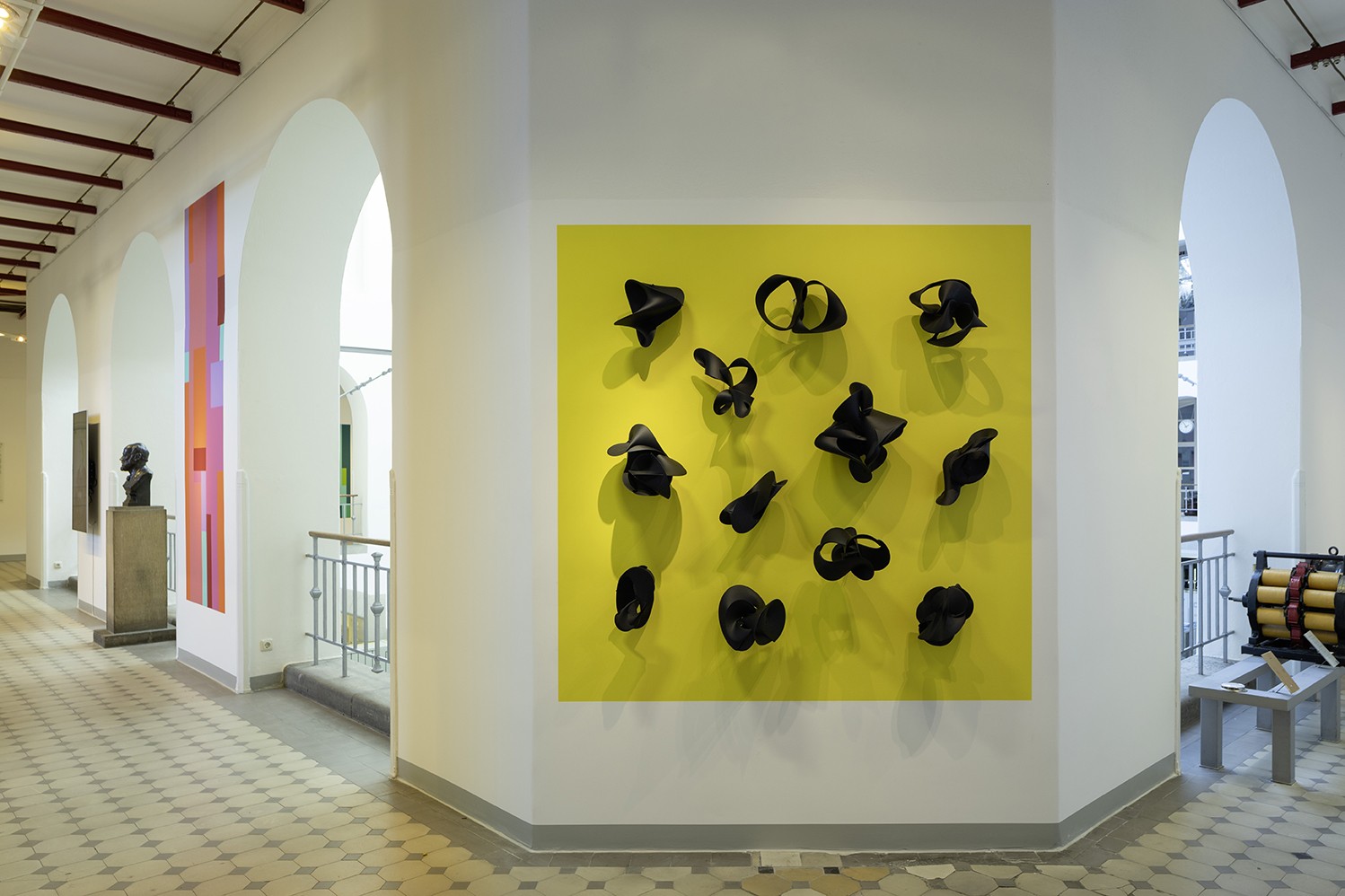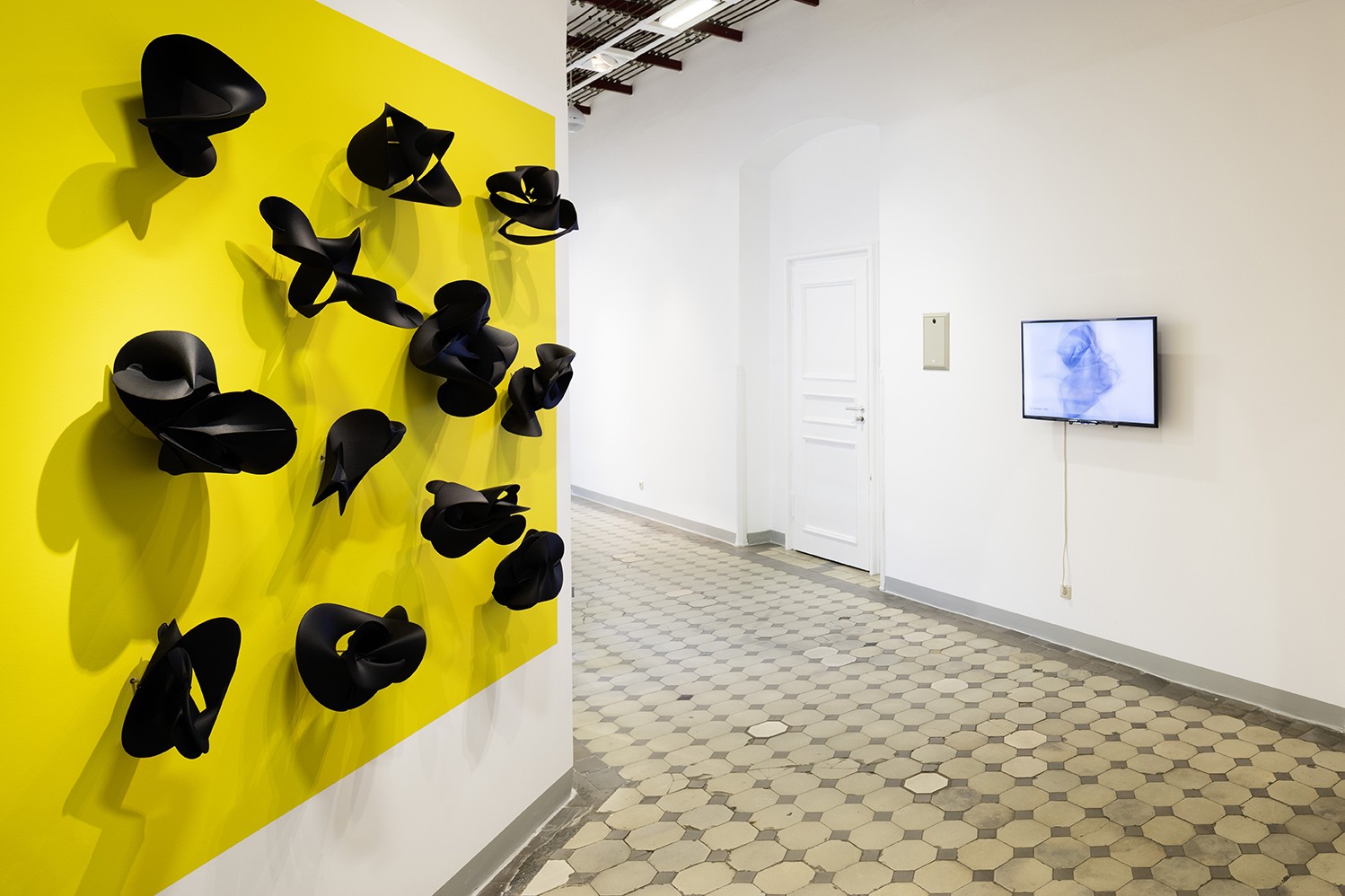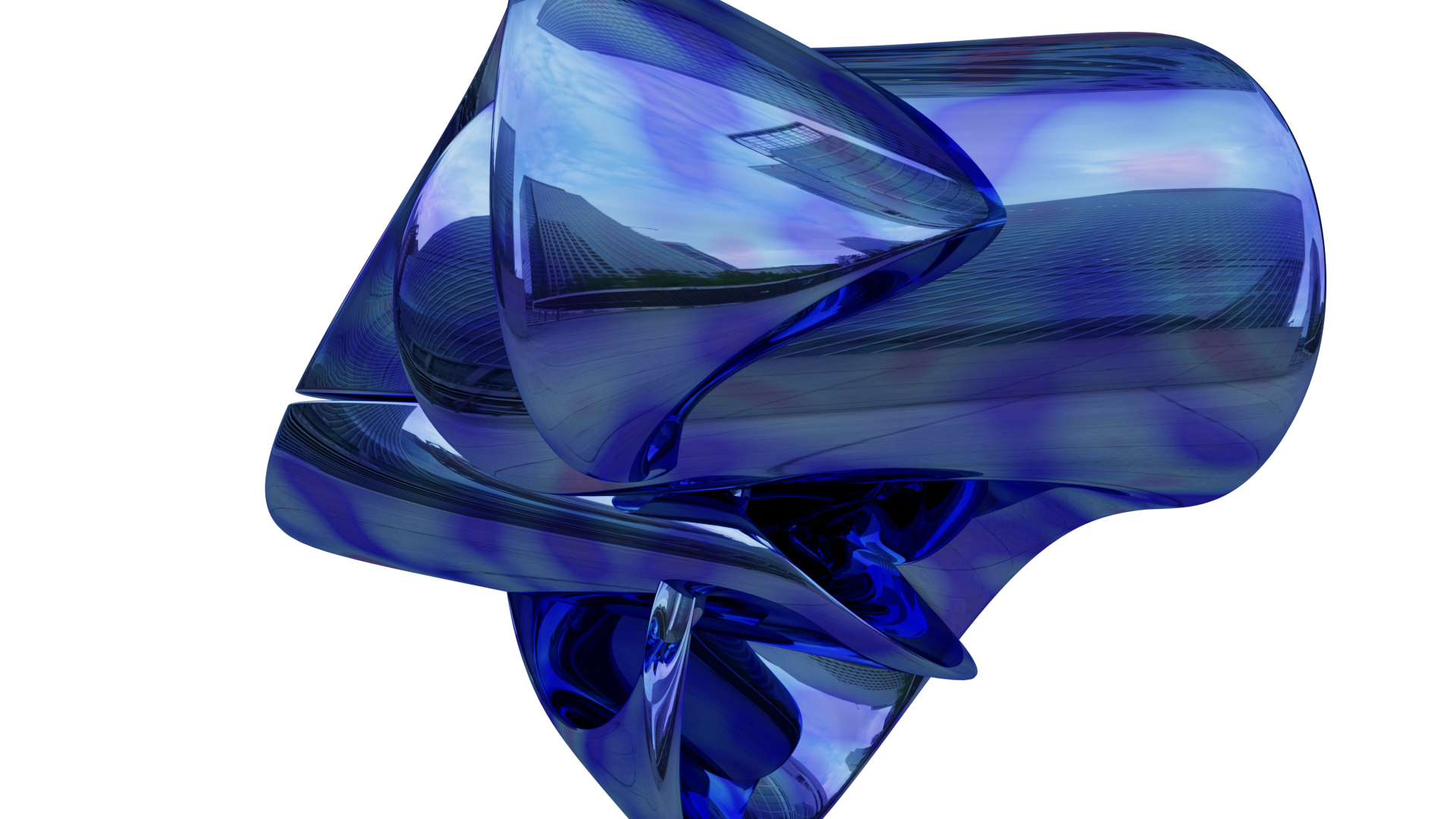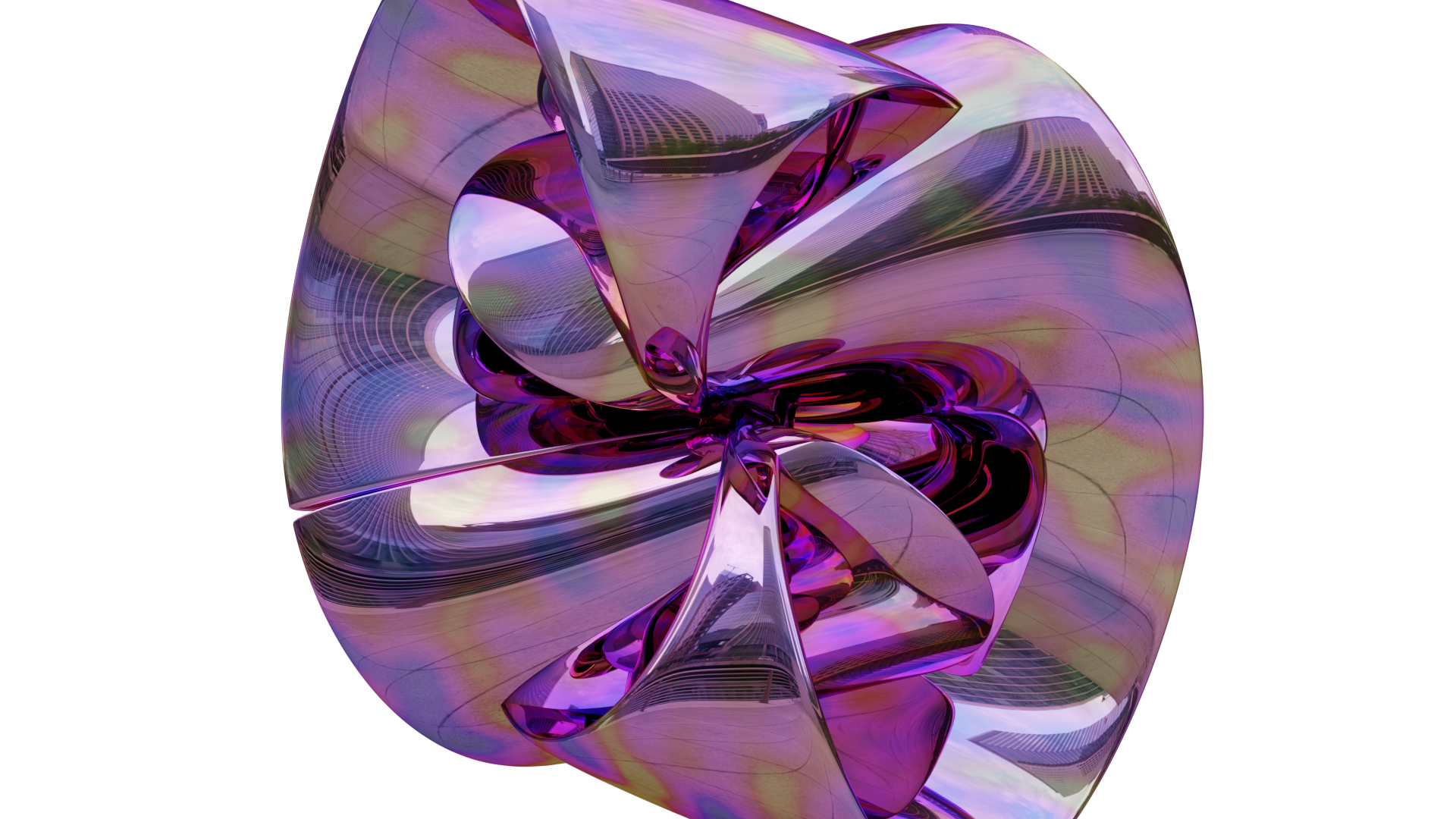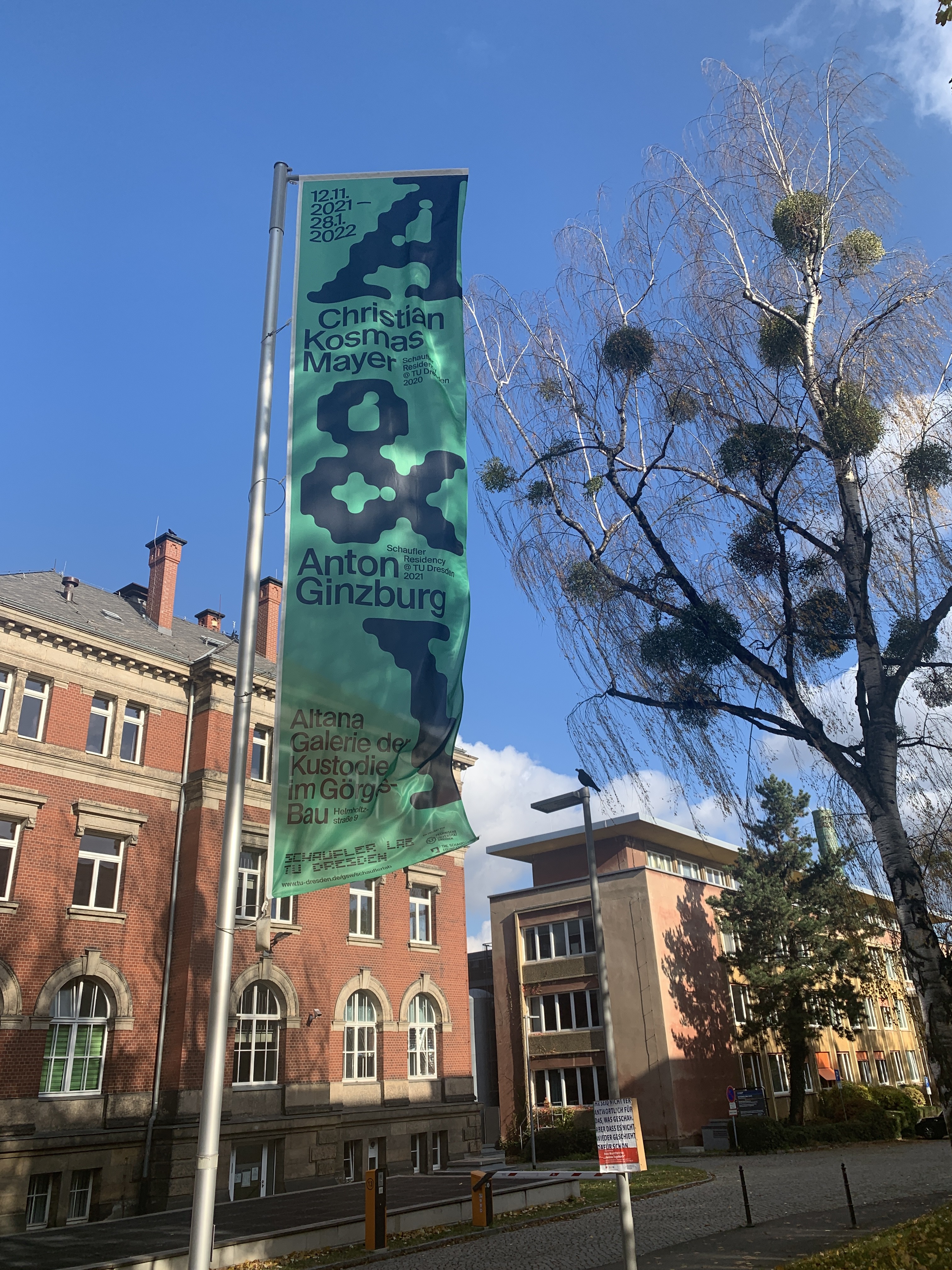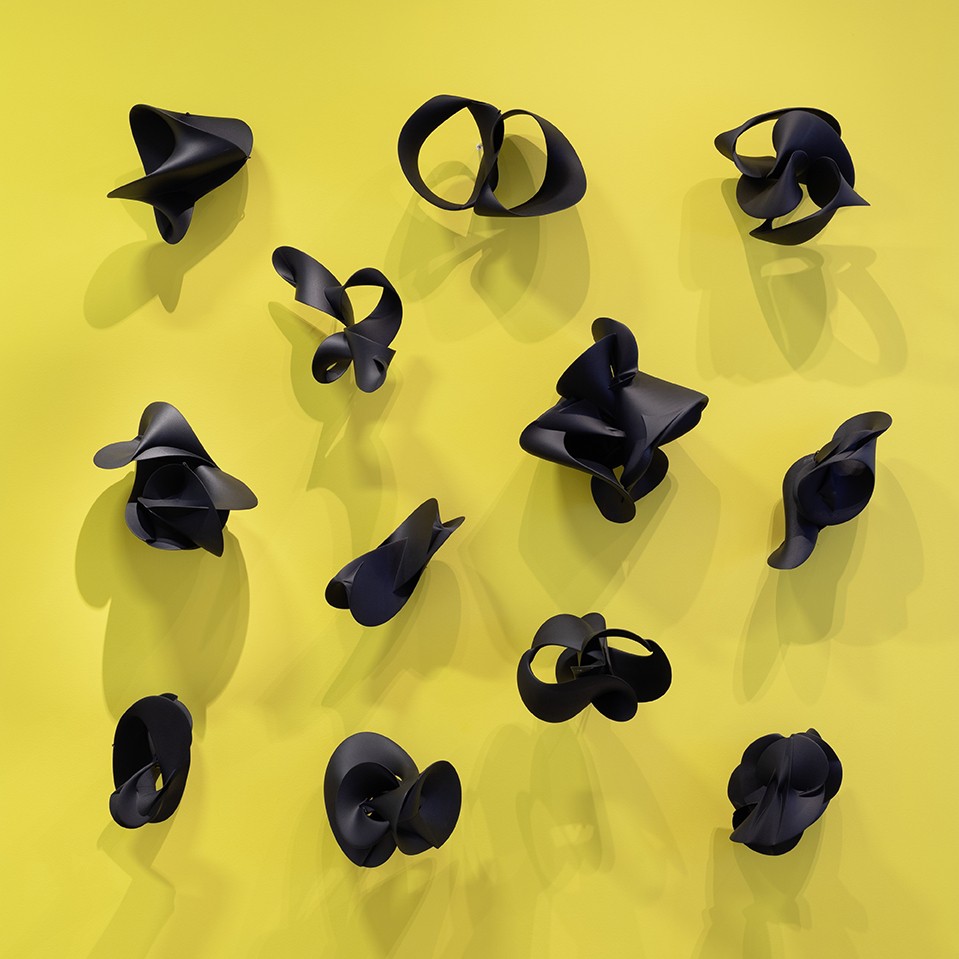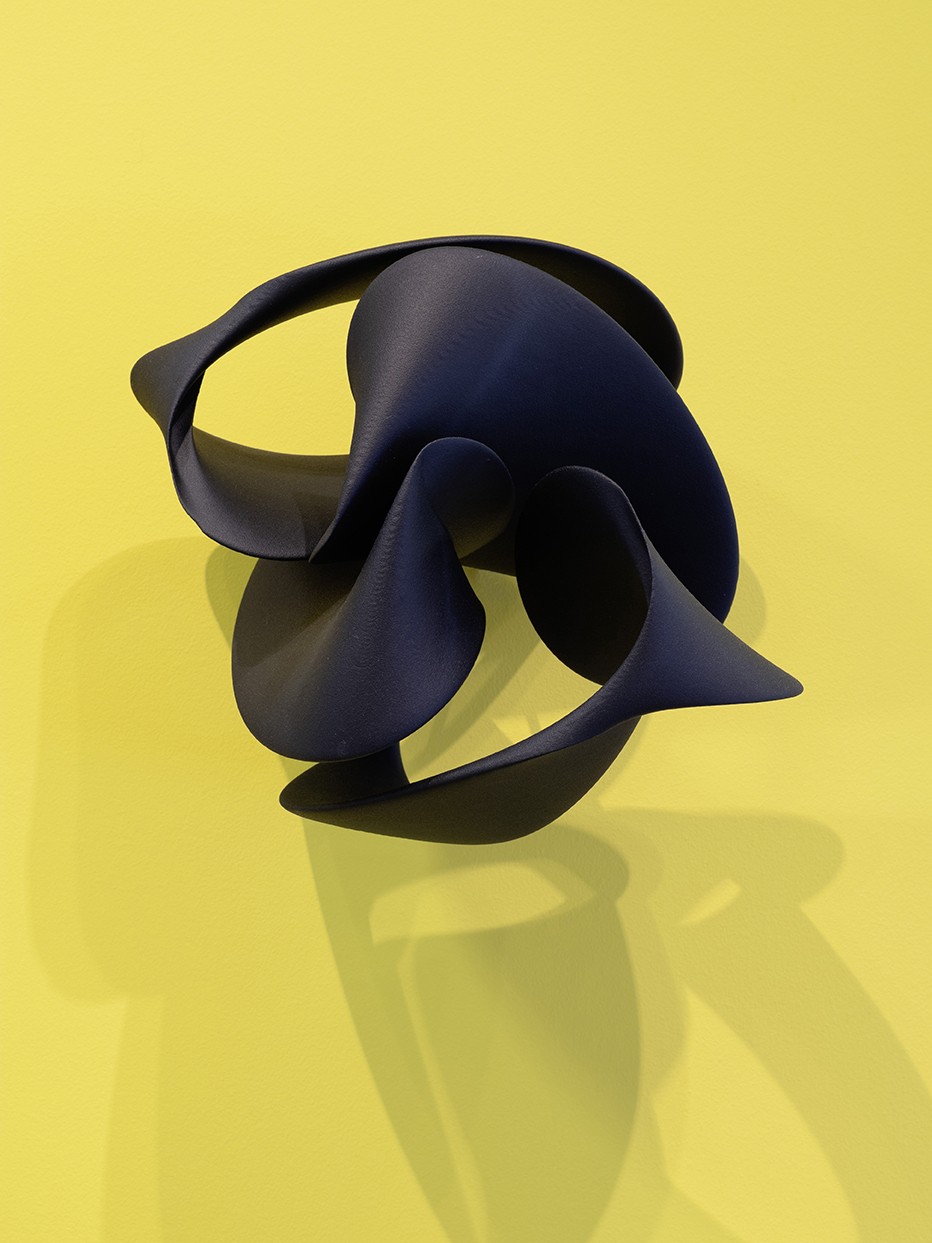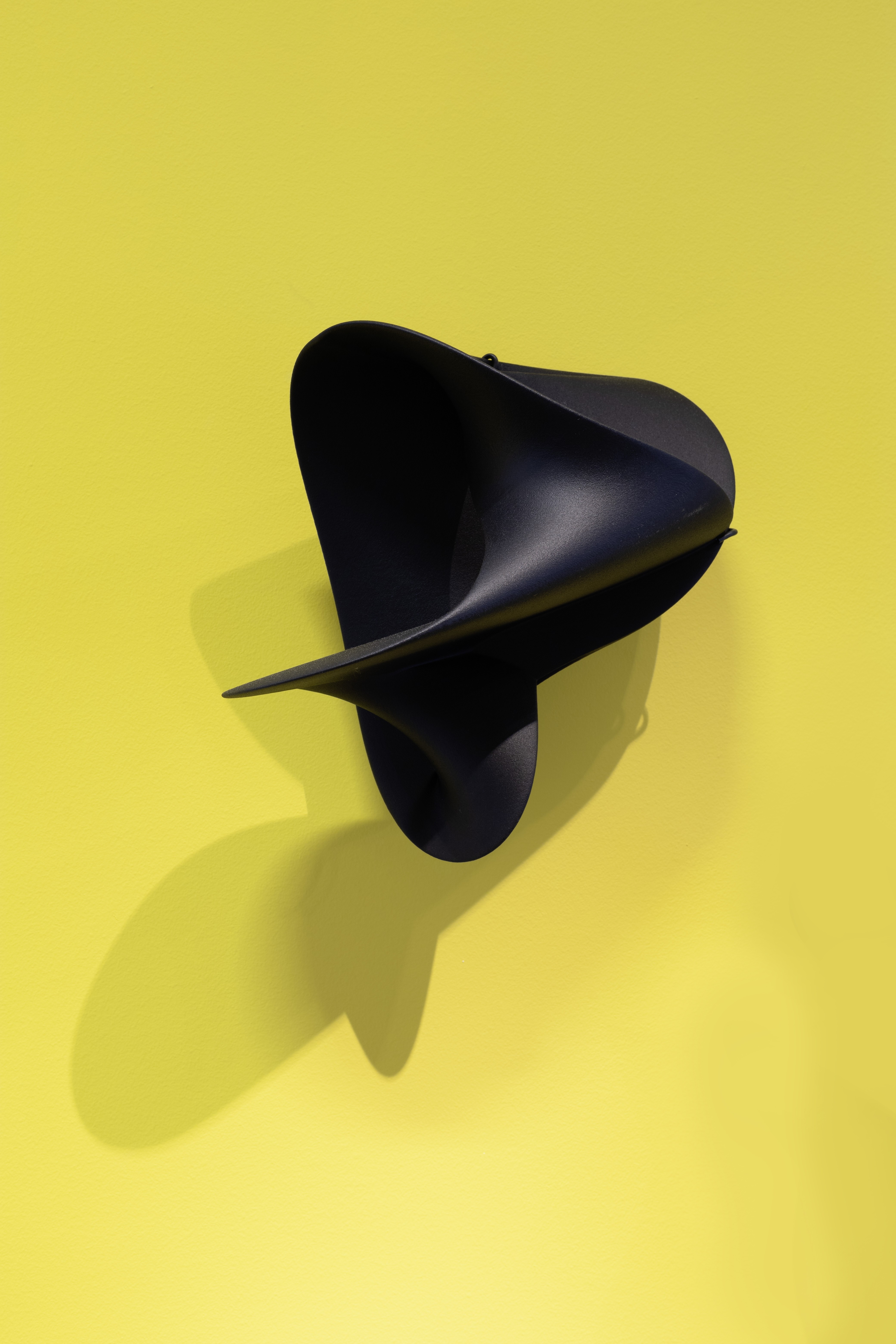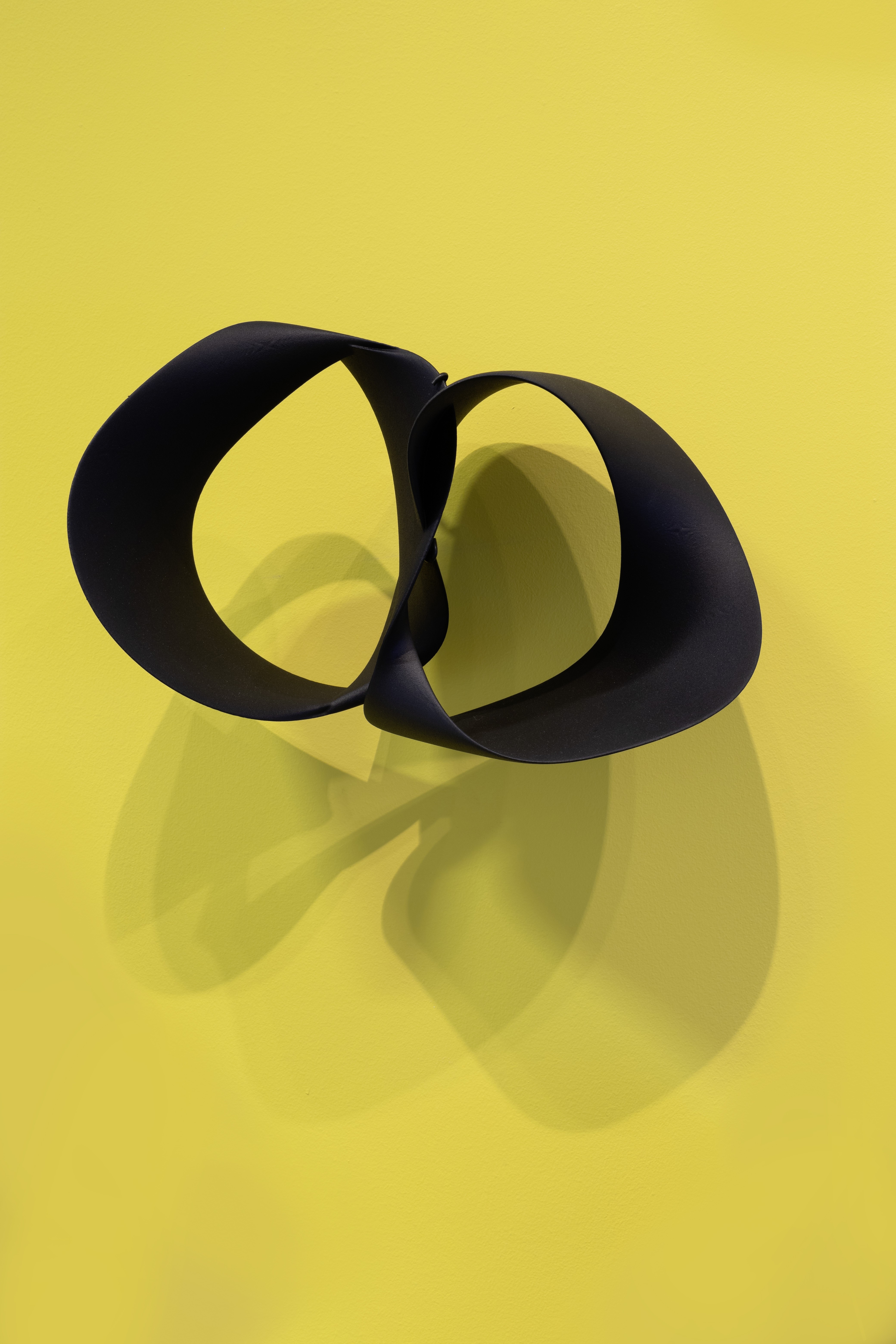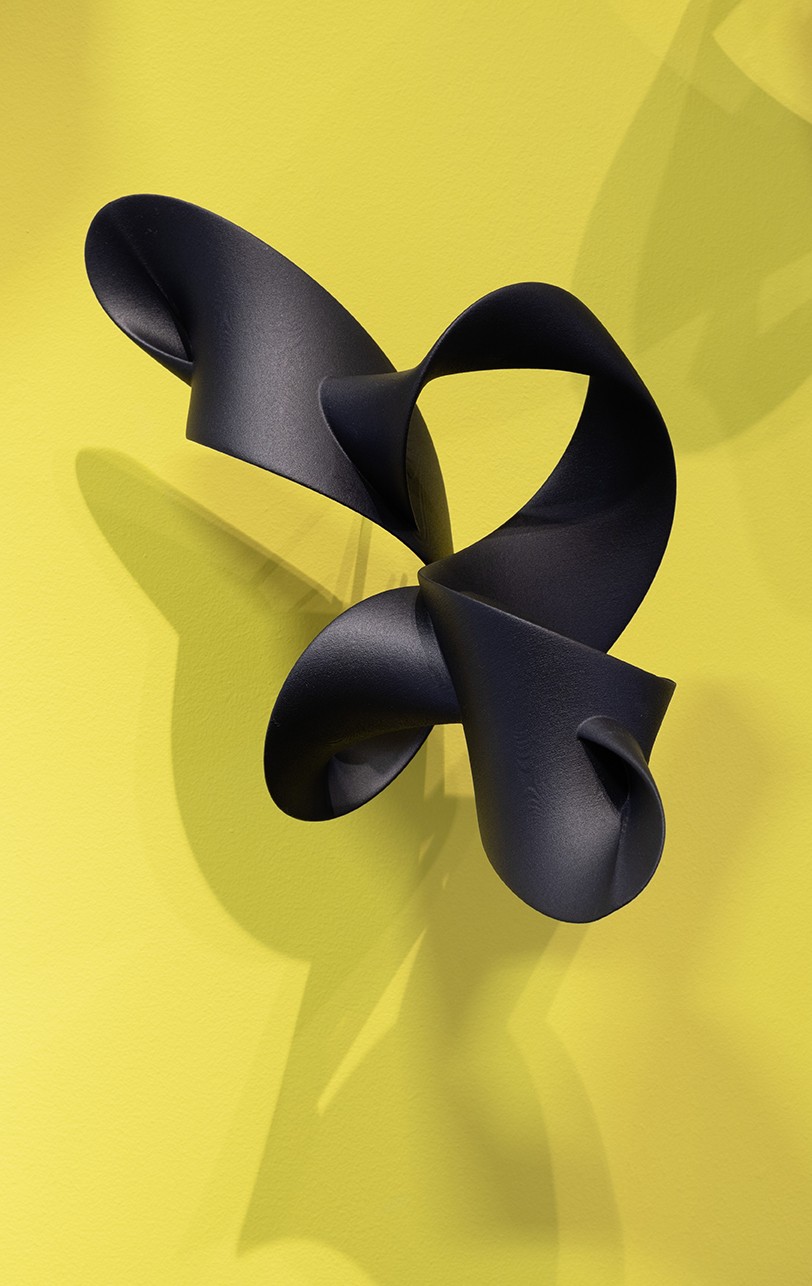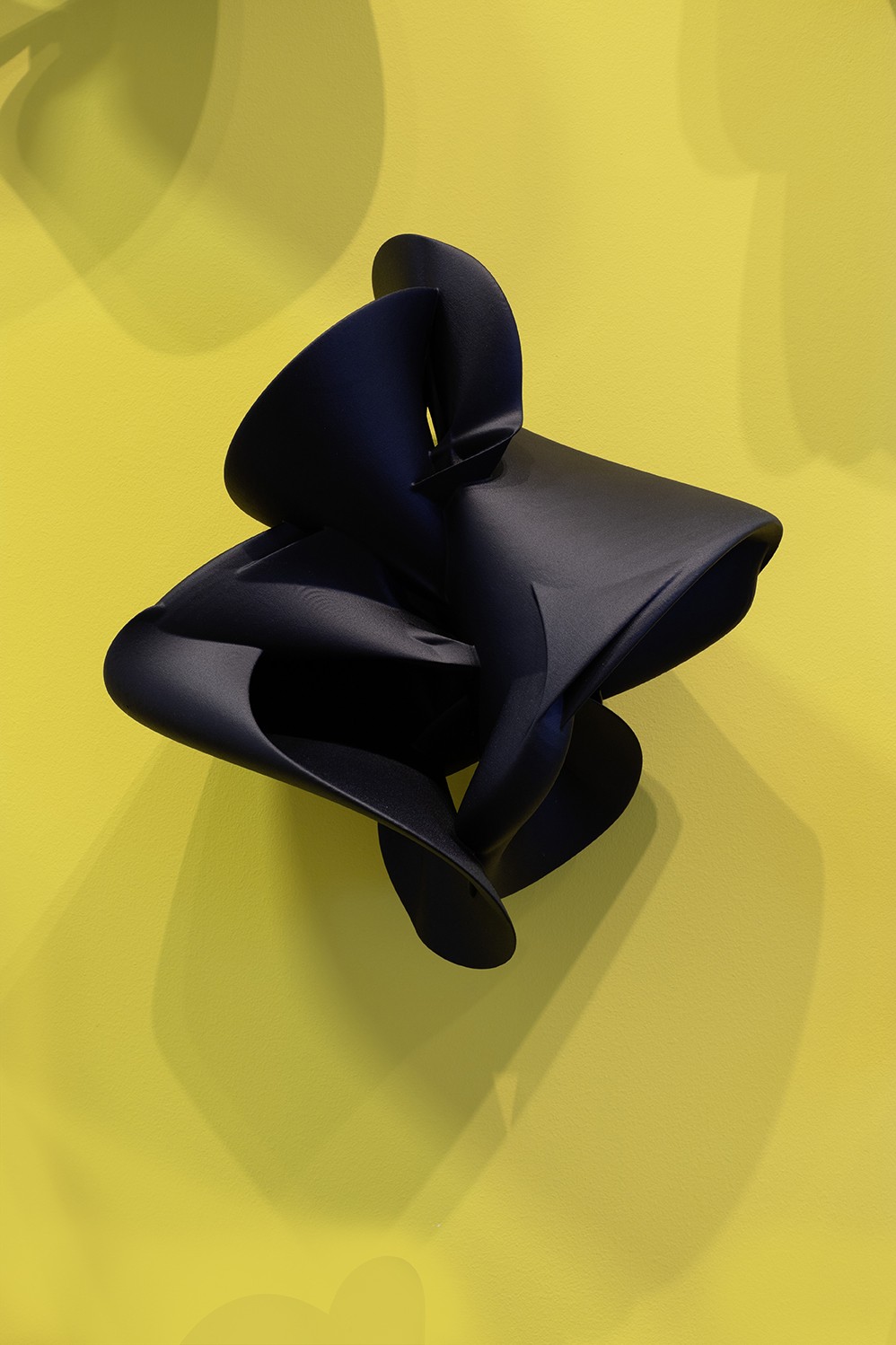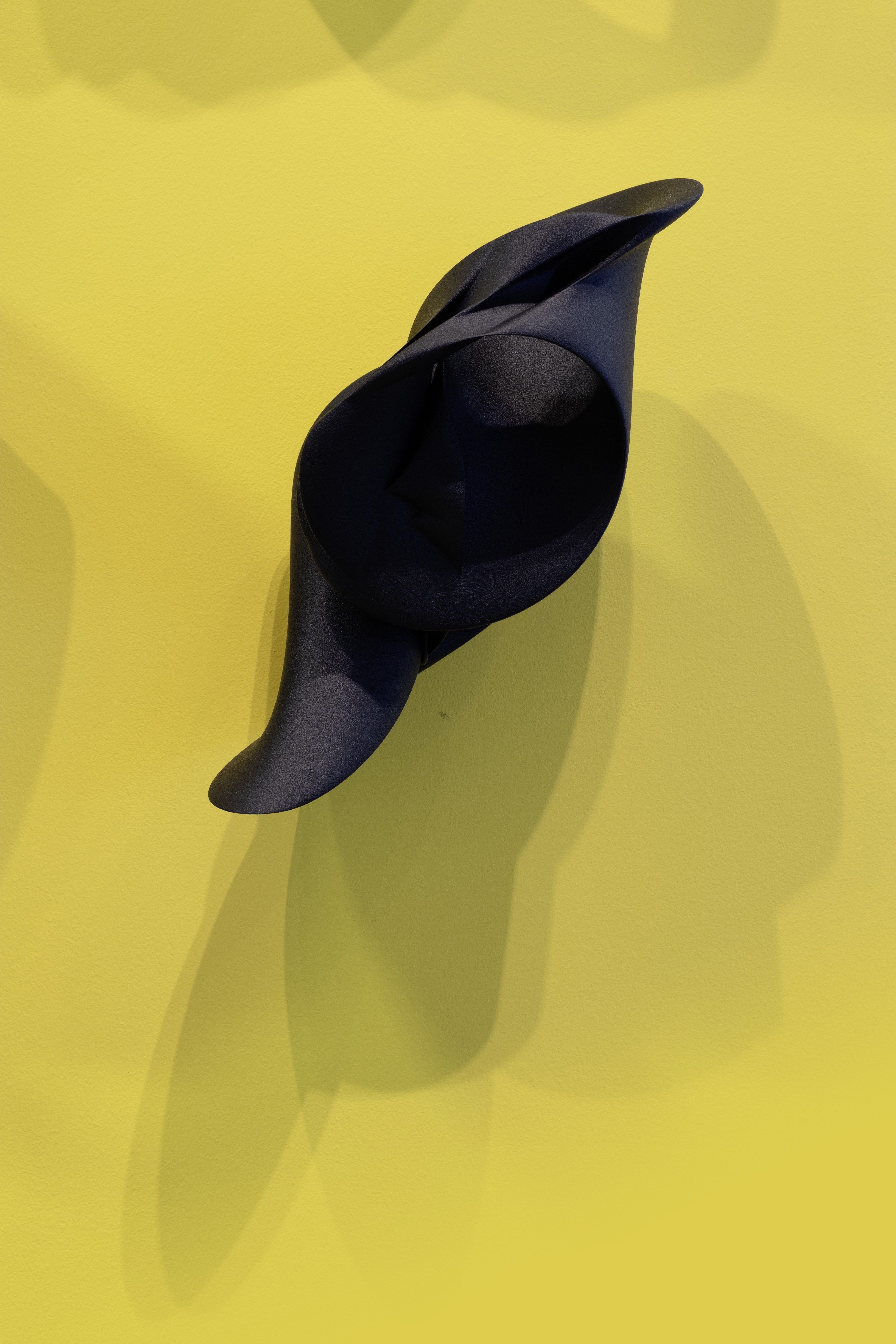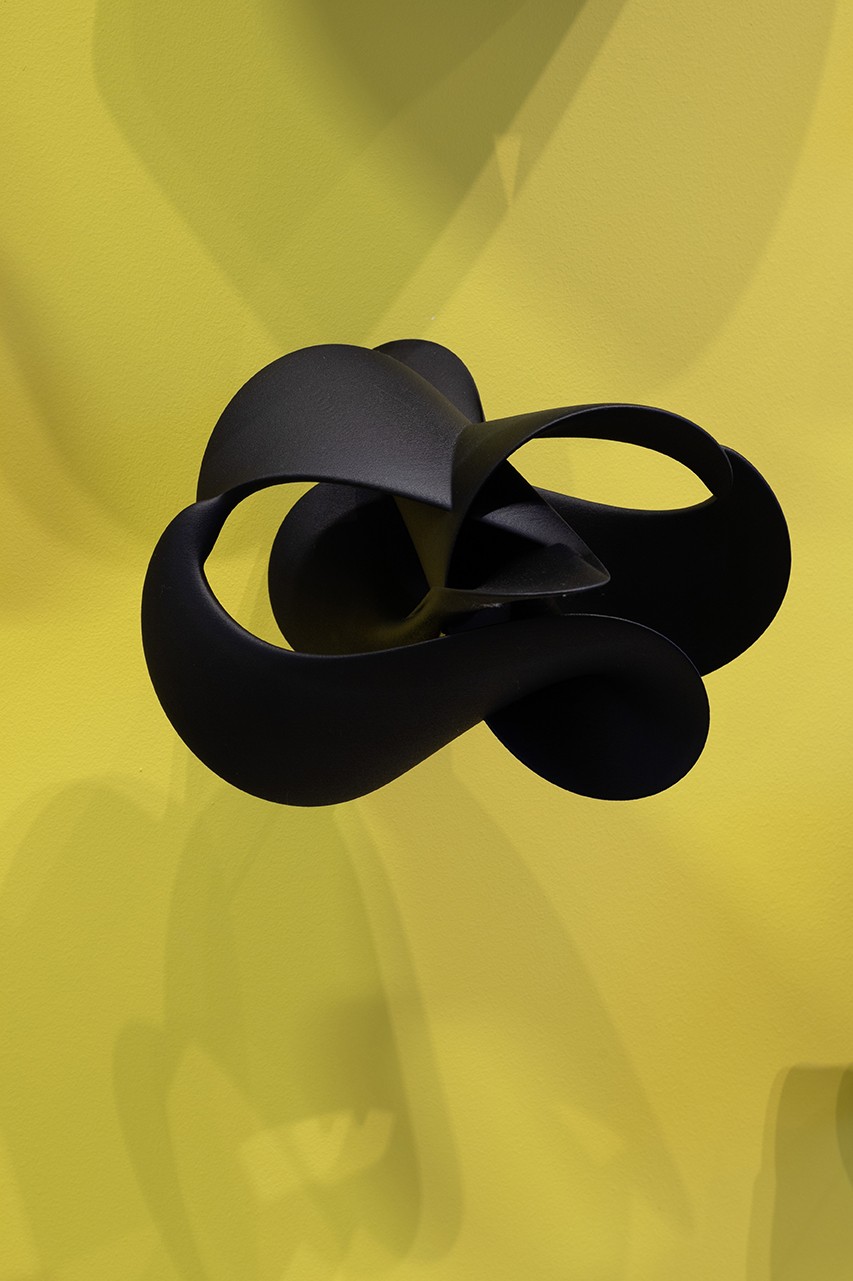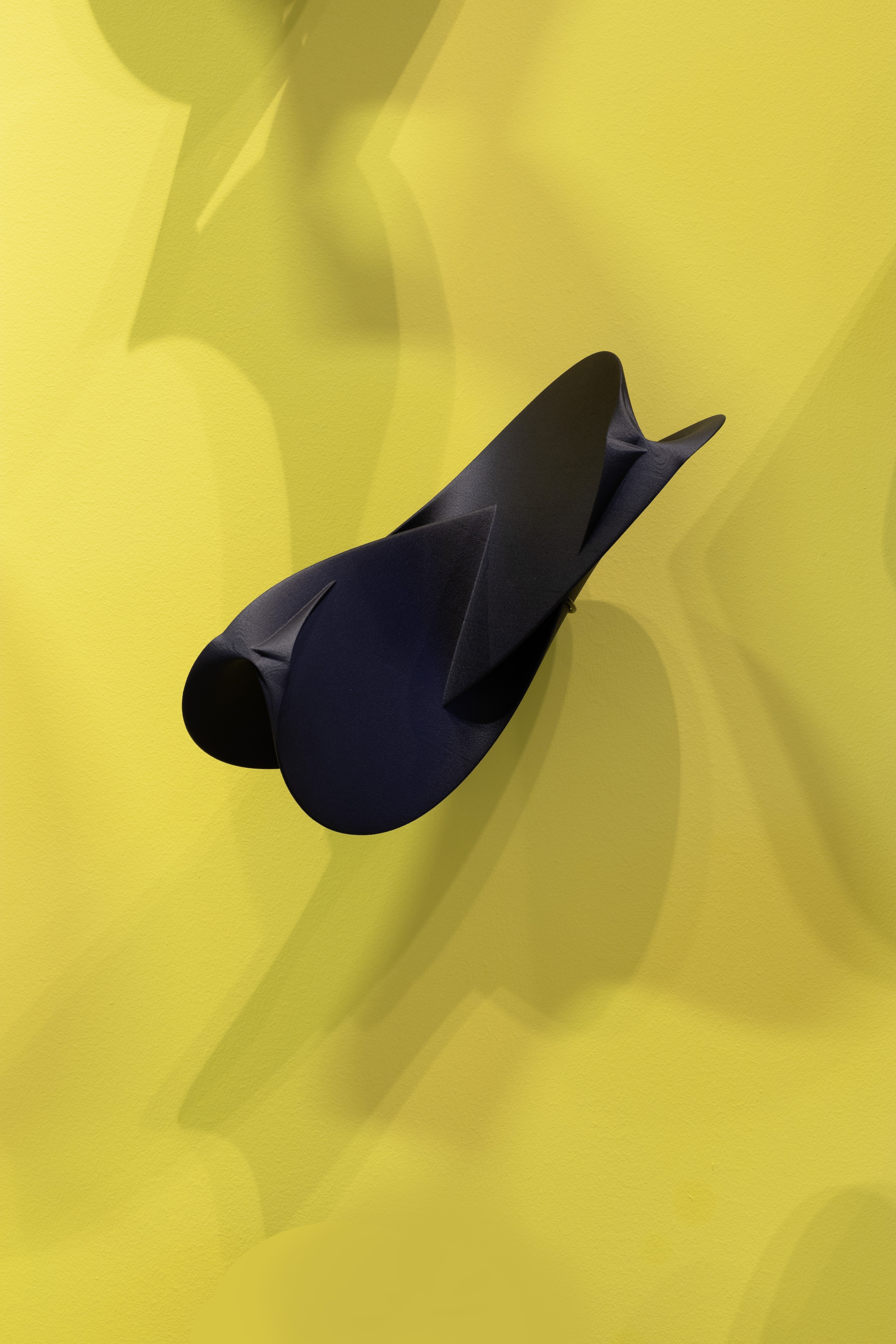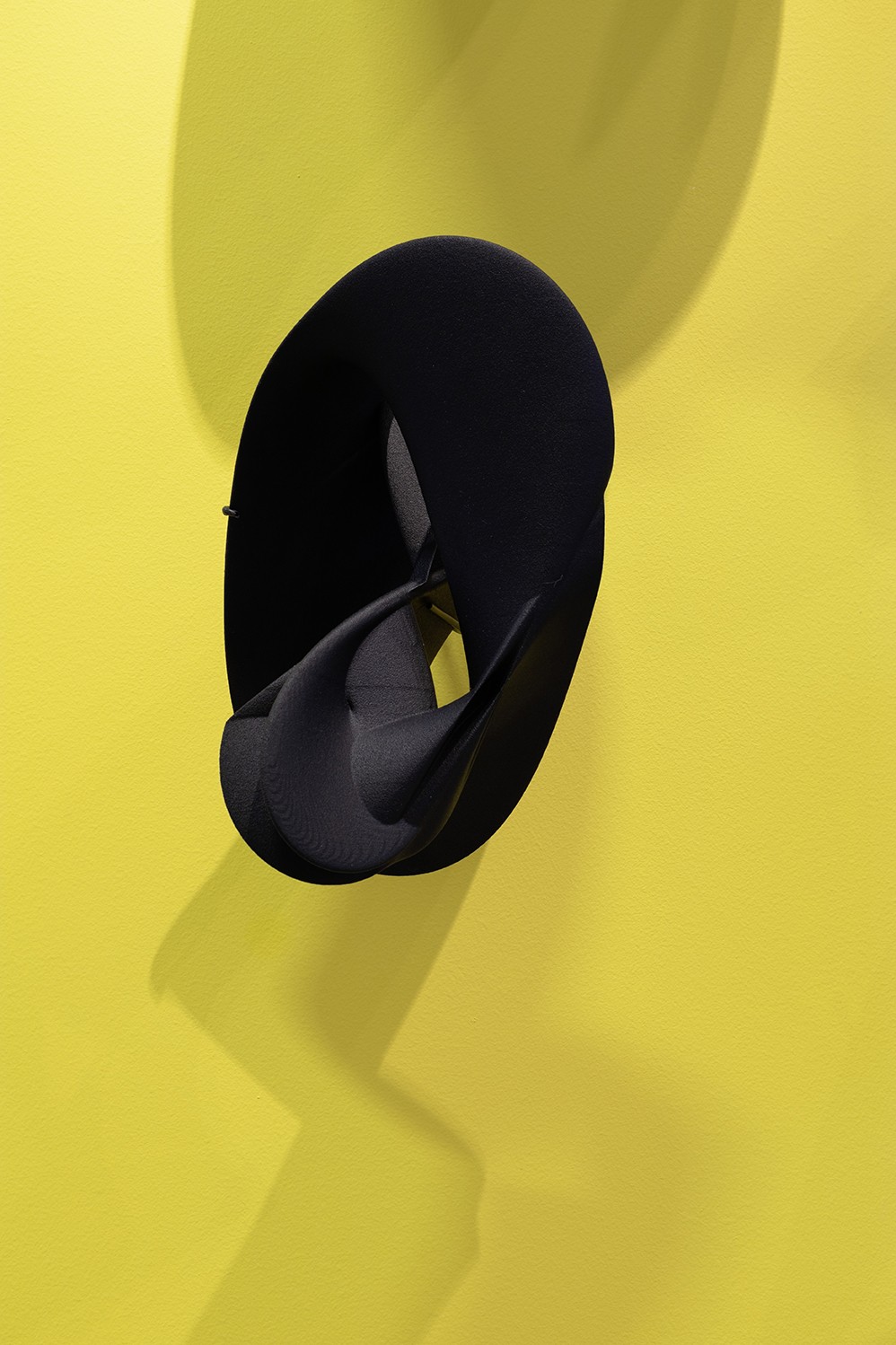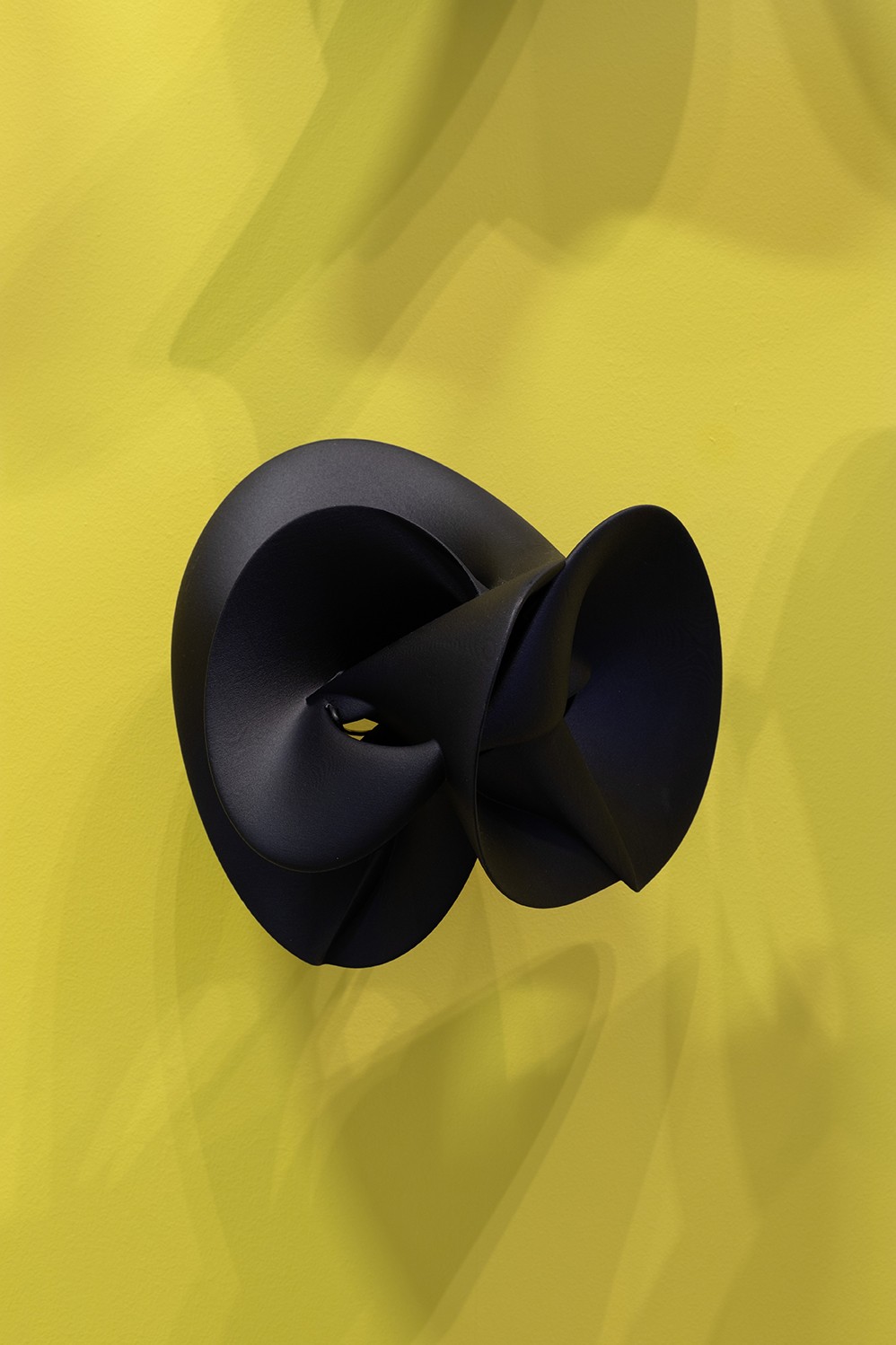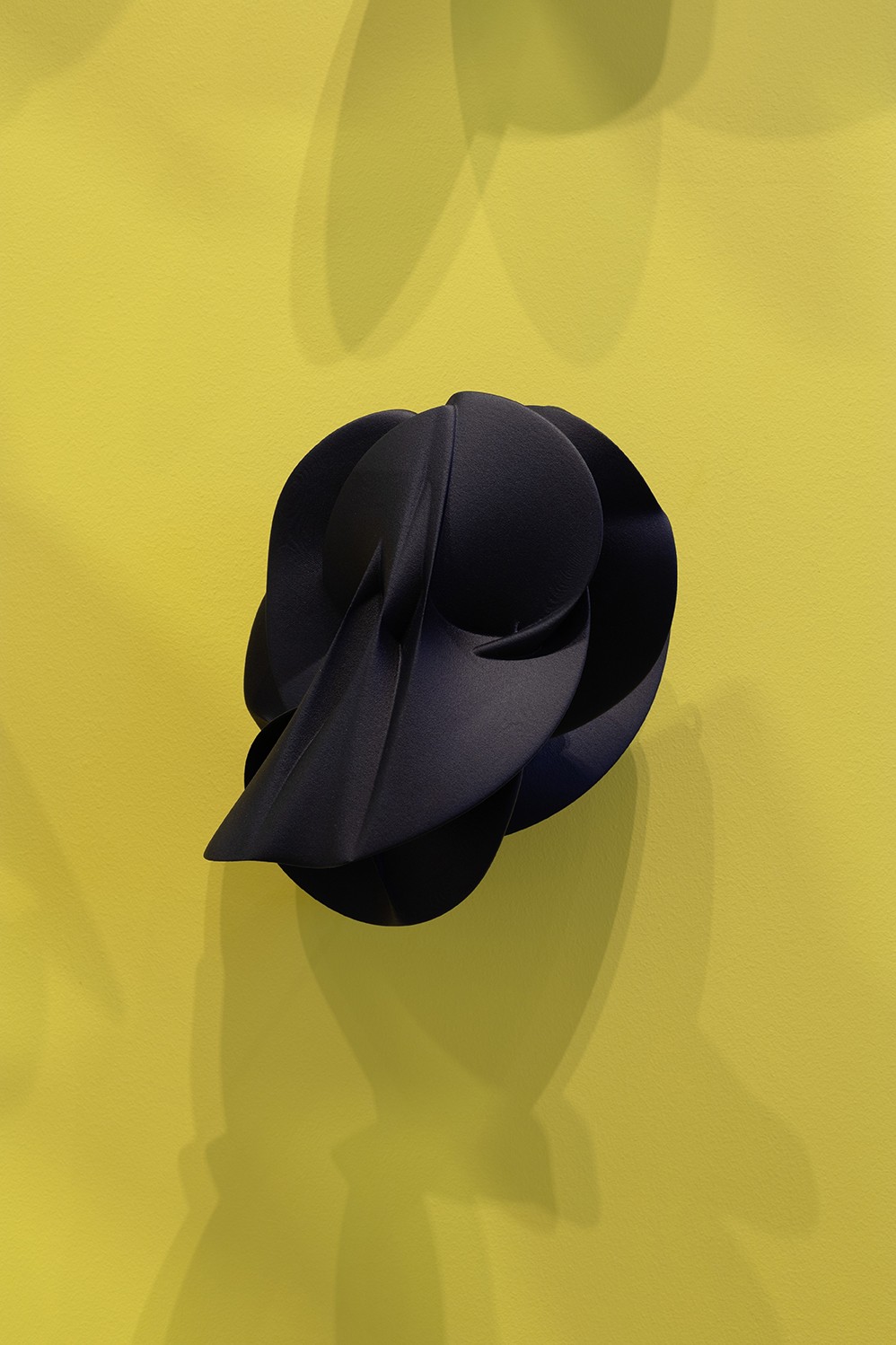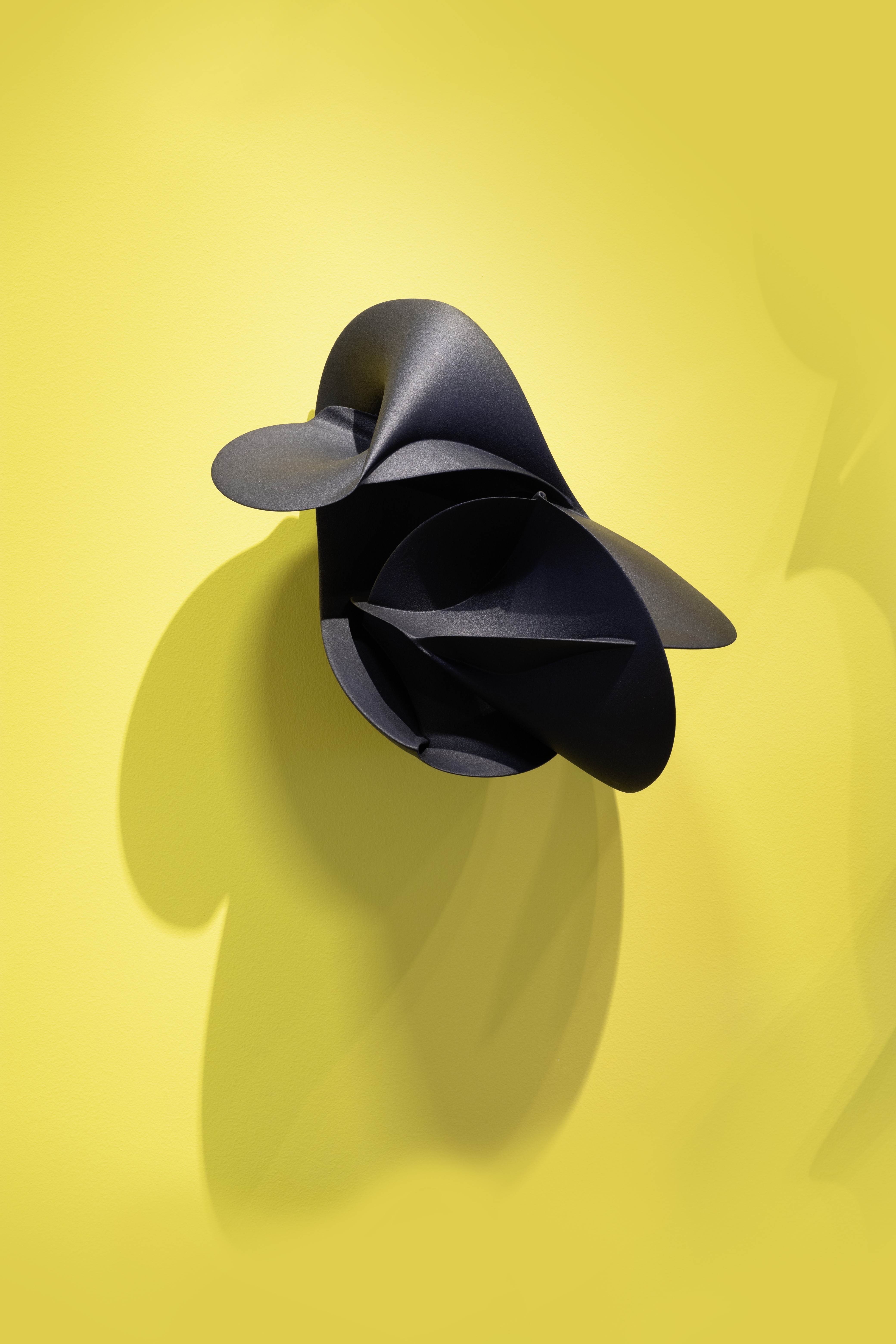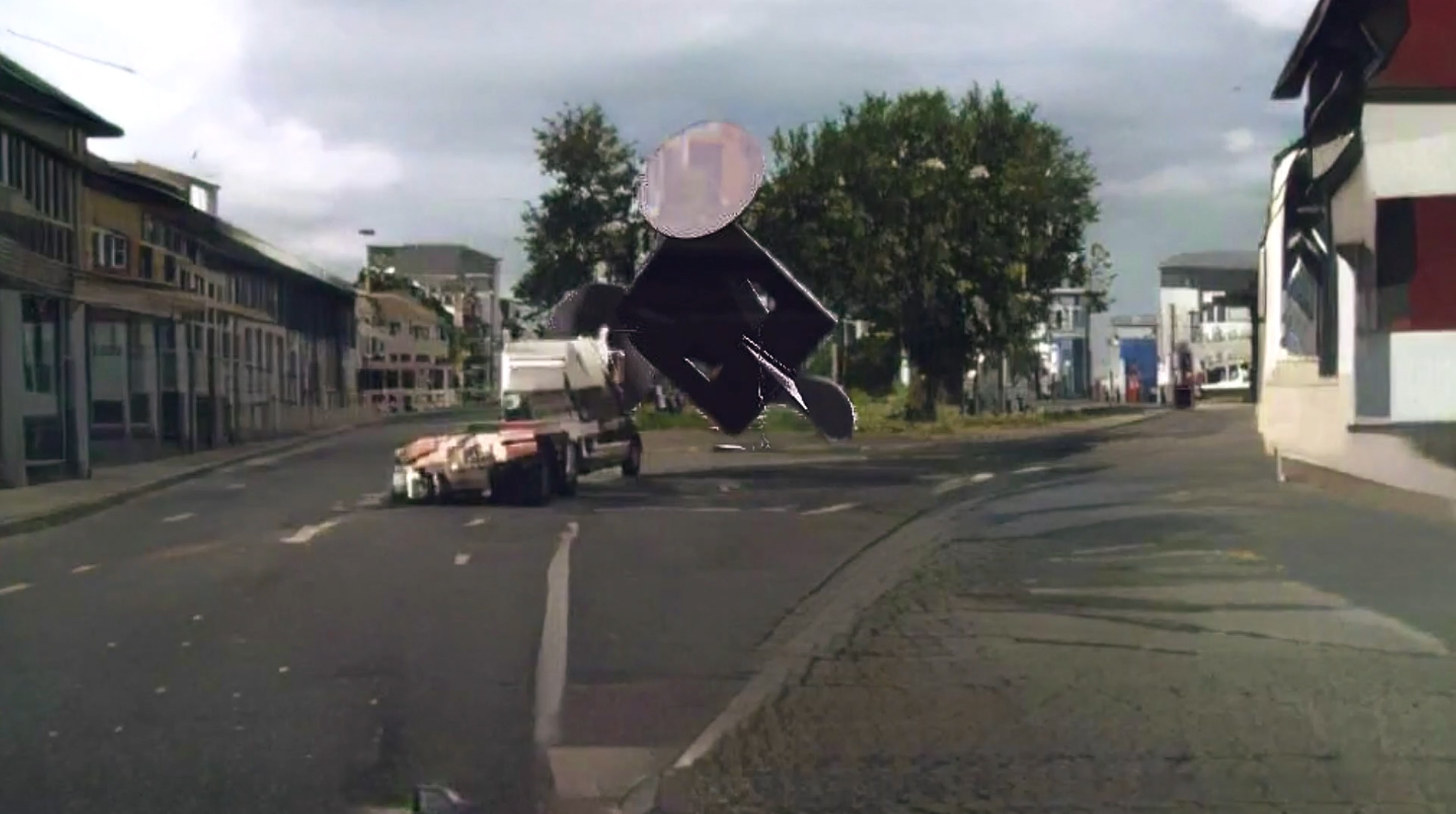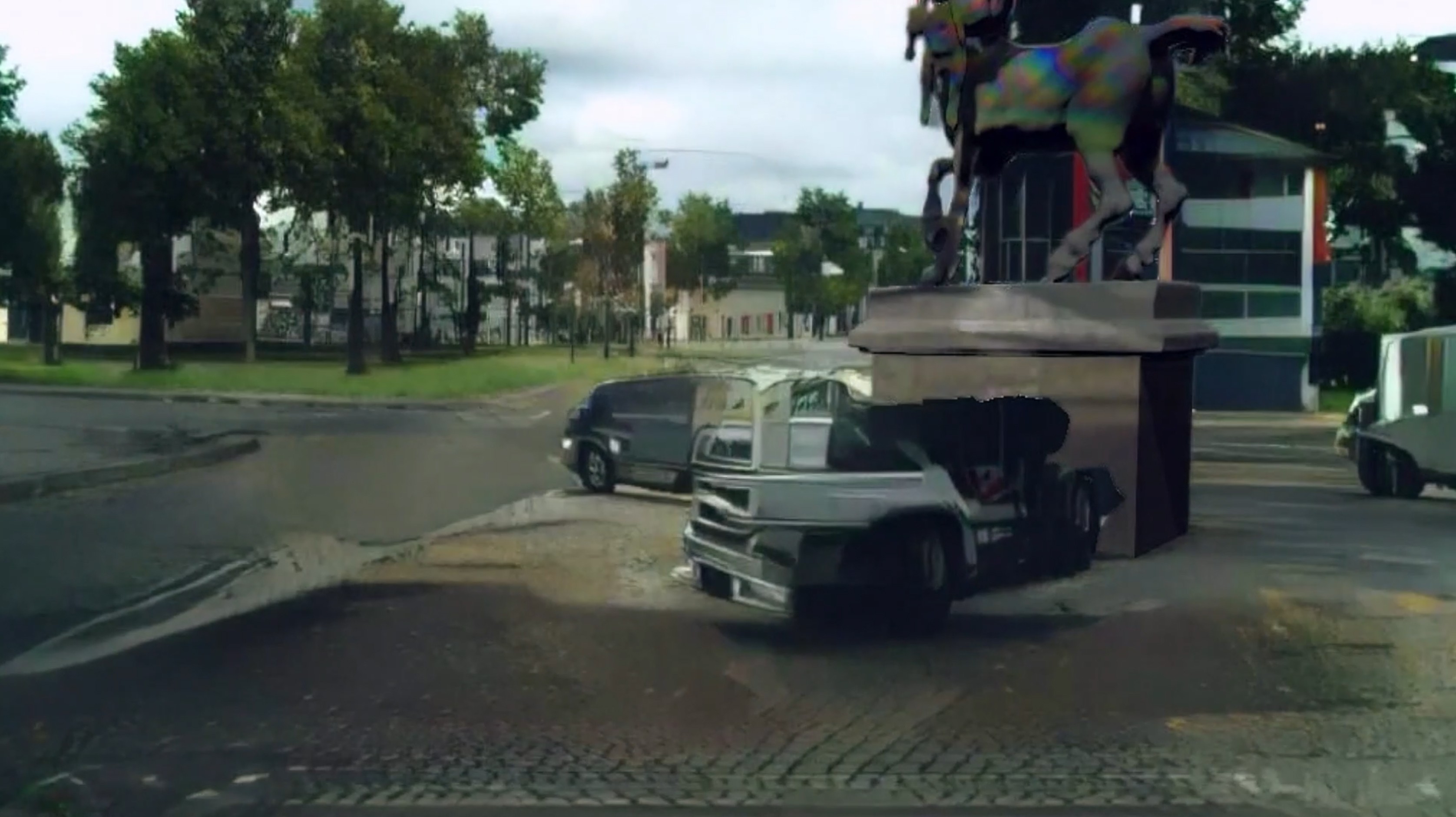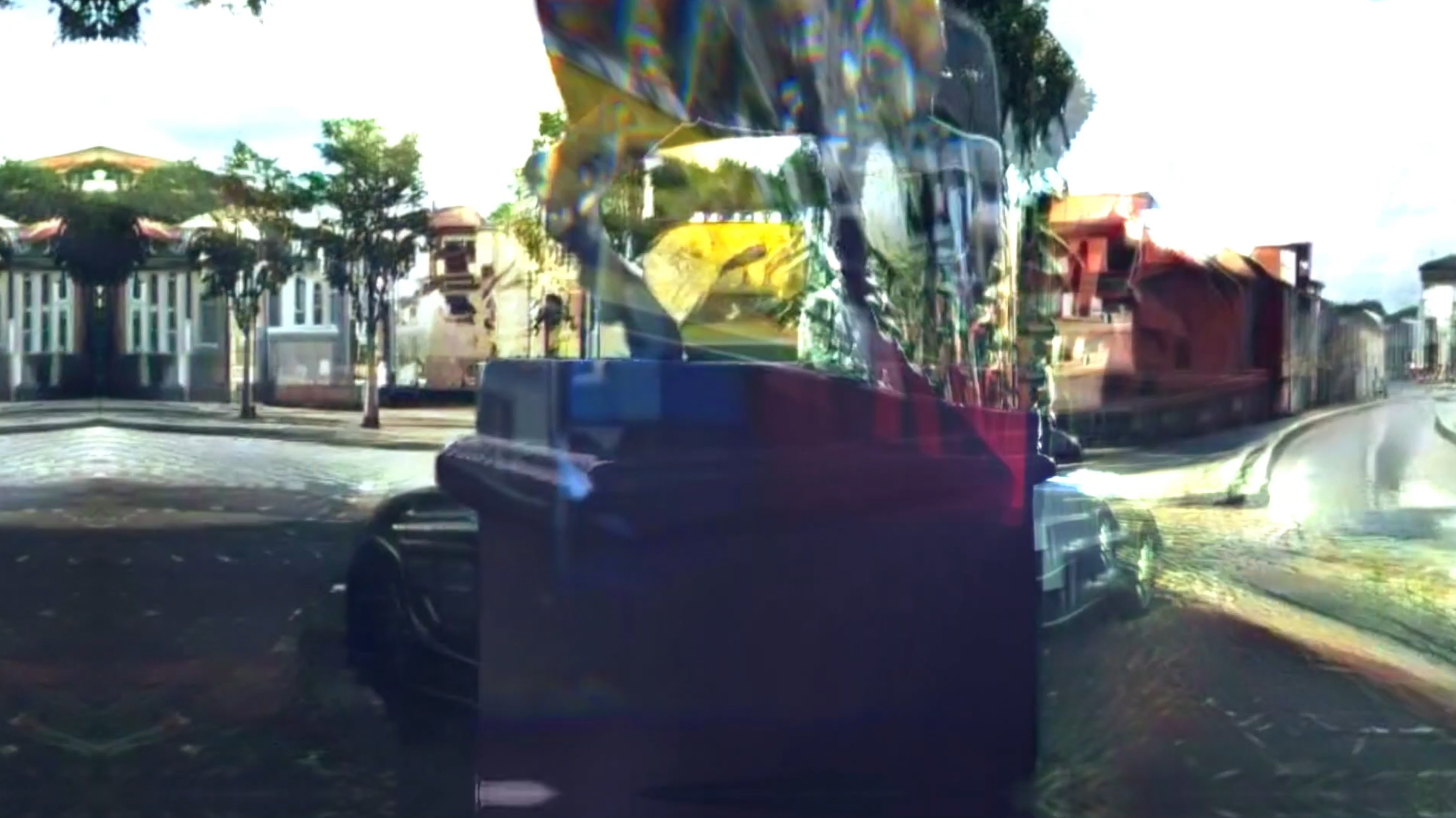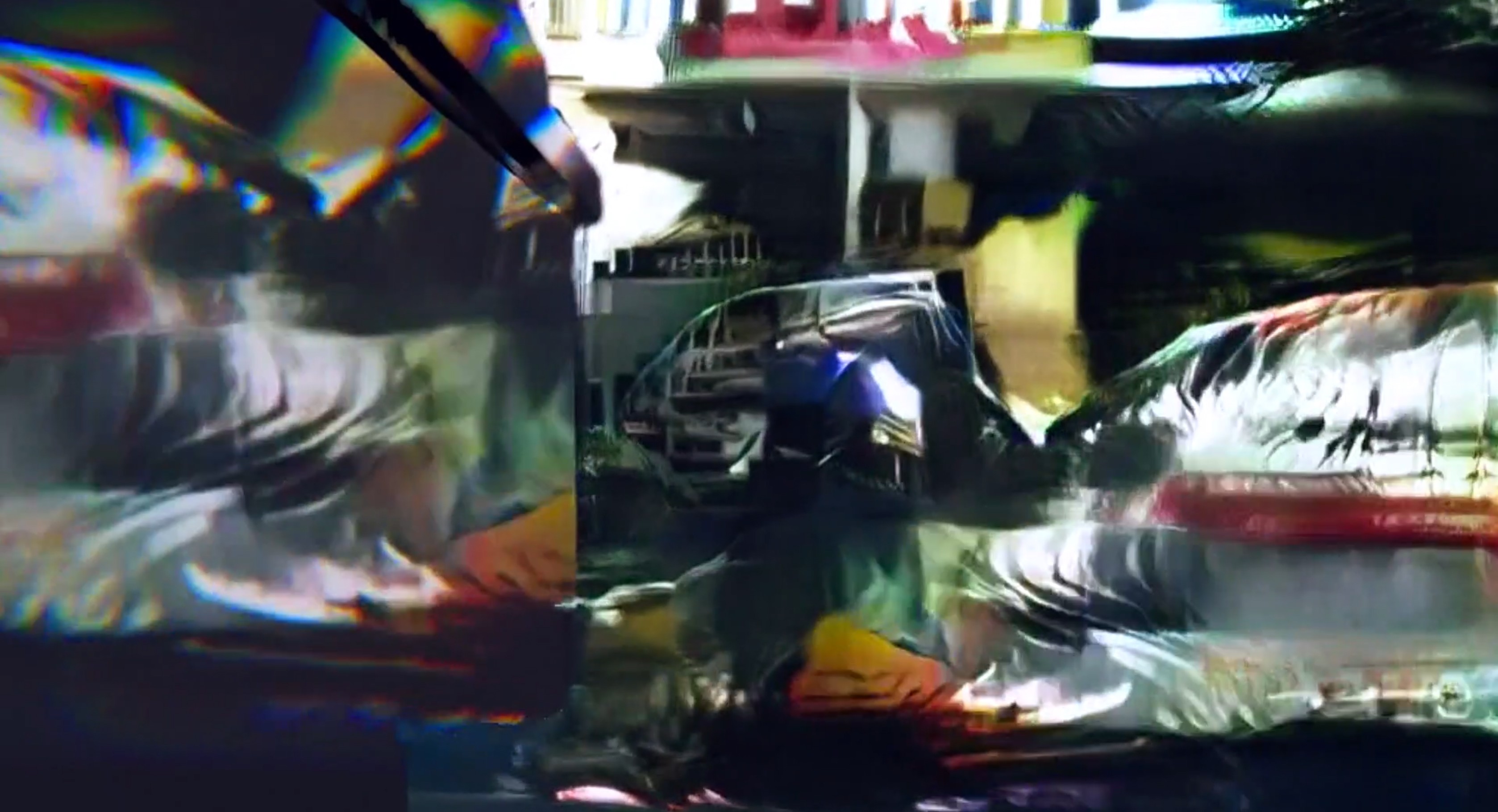Press Release:
Anton Ginzburg conducted research as the second Artist in Residence at Schaufler Lab@TU Dresden from January to August 2021. His artistic research project at Technical University of Dresden focuses on exploring topics of technology and cultural labor in a historical contextualization, namely the tension between post-Soviet and utopian paradigm for the Cold war historical narratives, synthesis of art and architecture expressed through the transformation of form, and the evolution of representational practices in the visual arts.
Drawing on modernist methods of artistic practice and the legacy of 20th-century abstraction, Ginzburg reflects on contemporary strategies of technological mechanization of labor, such as machine learning, and their influence on contemporary artistic practices. Building on this, Anton Ginzburg pursued three different project ideas on Artificial Intelligence (AI) and Technology at university. On the one hand, he was interested in algorithmically supported visualizations, which he transformed into a video work at the intersection of in-vehicle navigation testing, public art and urban planning, and car accident scenarios, staging them as a fetishist and absurd parable on contemporary art and public spectacle.
On the other hand, he pursued the idea of mathematically and algorithmically calculated transformation of emotional analysis and data mining of iconic film scripts. He then produced models of 3D objects, continuing the tradition of modernist formal experimentation rooted in concrete data. The start for this research were patterns and structures that the artist studied in the teaching collections of the Custody of the TUD, such as the Mathematical Models Collection and the Color Theory Collection. Ginzburg’s preoccupation with AI serves primarily as the occasion and motor of his artistic practice, as an overarching social narrative between the technological utopianism mindset and its disruption. Thus, his works are animated by the spirit of machine participation, which is increasingly inscribing itself in and shaping processes of its organization in the public sphere.
Similarly, he was intensively involved with construction-related art in the GDR, especially the Formstein system, which the Dresden artists developed Karl-Heinz Adler (1927-2018) and Friedrich Kracht (1925-2007) in the late 1960s for designs in urban space. Based on these abstractions and the visual transformations in virtual space, the artist also created algorithm-inspired series of gouaches, “Dresden Series” (2021), and site-specific murals, which are temporarily installed in the university gallery as in-situ murals for the final exhibition. The resulting project included in-depth research of the Color Theory Collection of the TUD and the development of the color strategies specifically for the Dresden location. In the figurative sense of daily practice and as documentation of the Dresden residence, Anton Ginzburg painted in the ‘Dresden Works’ on paper, a composition that was determined by color and form, each in the same format and - conceived as a modular composition. Architectural and scenic moods of light and space and references to his research on-site appear as abstracted vocabulary and vary from sheet to sheet, from day-to-day. These murals explicitly refer to construction-related design systems in the GDR and Eastern Bloc to synthesize artistic gestures and technological systematization. They combine Conceptualist guidelines and Productivist currents of Constructivism.
“Dresden Algorithm Initiatives” murals, 2021
Paint on wall (300x100cm, and 200x200cm)
These three site-specific murals were based on the series of gouaches, “Dresden Series” (2021), that was painted in the summer of 2021 during a residency in Dresden. The basis for the painterly series works is an algorithm that generates geometric structures, which were then modified and developed in the artistic process. In the figurative sense of a diary entry and documentation of the Dresden residence, Anton Ginzburg painted a composition determined by color and form every day, each in the same format and — conceived as a progression — processing daily impressions. Architectural and scenic moods of light and space, literature from Color Archive, and references to his research on-site appear as abstracted compositions that varied from day to day.
“Modular composition 10x10” banner
Silkscreen on fabric (200x200cm)
The modular composition of 100 geometric modules was developed by Anton Ginzburg as a geometric system and presented in form of a green banner with a white linear drawing. It is inspired by artist’s research of construction-related art in the GDR, especially the Formstein system, which was developed by the Dresden artists Karl-Heinz Adler (1927-2018) and Friedrich Kracht (1925-2007) in the late 1960s for designs in urban space. This artwork explicitly refers to construction-related design systems in the GDR and Eastern Bloc to synthesize artistic gestures and technological systematization. They combine Conceptualist guidelines and Productivist currents of Constructivism. The linear studies of the “Modular Composition 10x10” are aided by graphic algorithms and will be later developed into 3D modules that reassembling in real-time, reacting to physical events.
- About
-
Exhibitions
Algorithm installationAltered SpaceSurfaceAshnestA&IDresden SeriesTranslucent ConcreteIn-N-OutPartial EclipseVIEWsConstruction ProxyStaring
and Cursing Russian Revolution.
A Contested LegacyBlue Flame: Constructionsand Initiatives Hybrid GazeTerra Corpus (Walking the Seaand Hyperborea) At the Back of the North WindCounter Geometries - Works
- Publications
- News
- Subscribe

